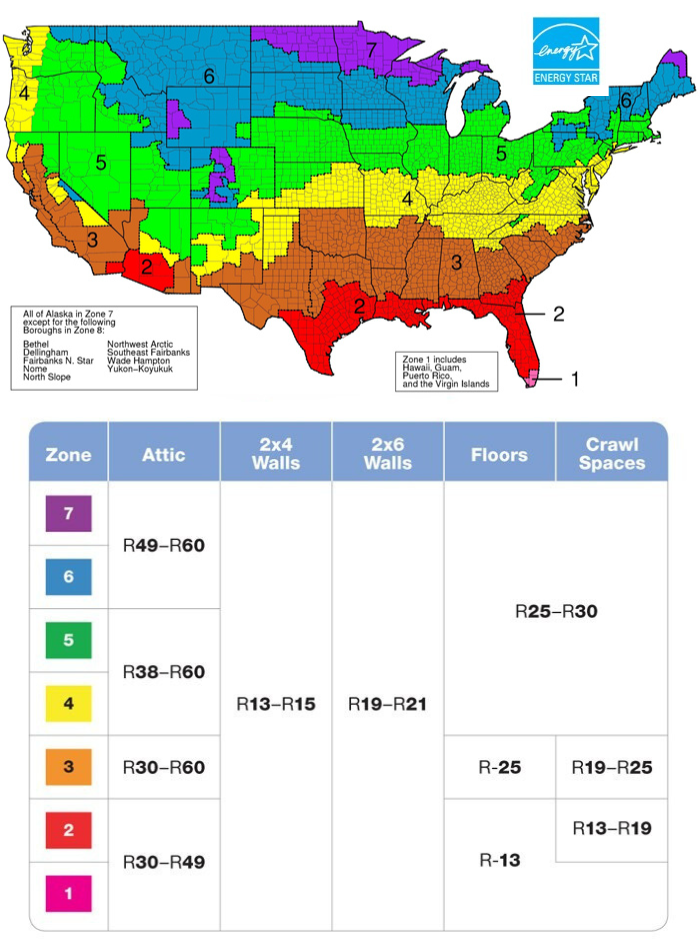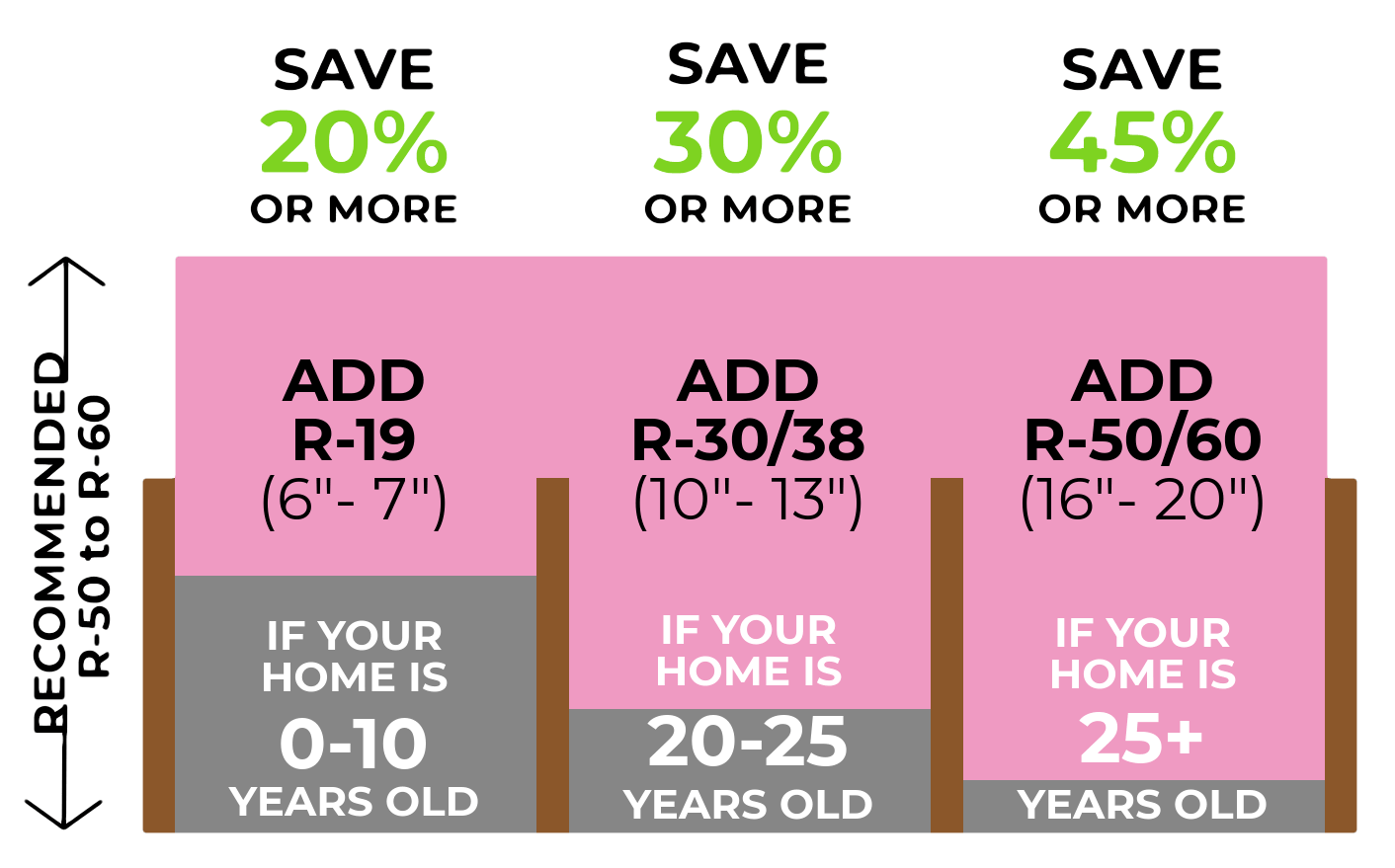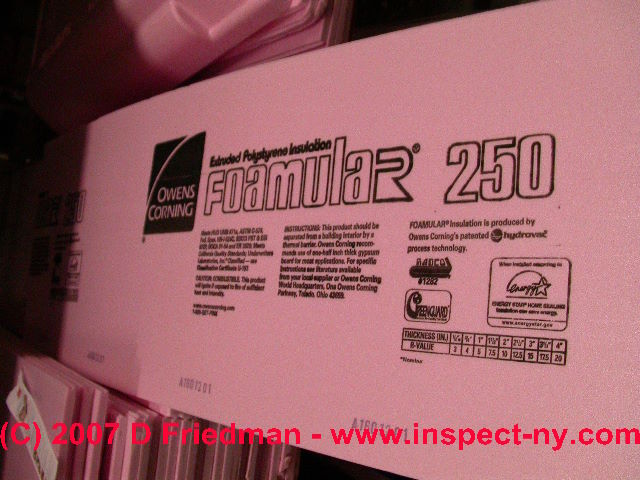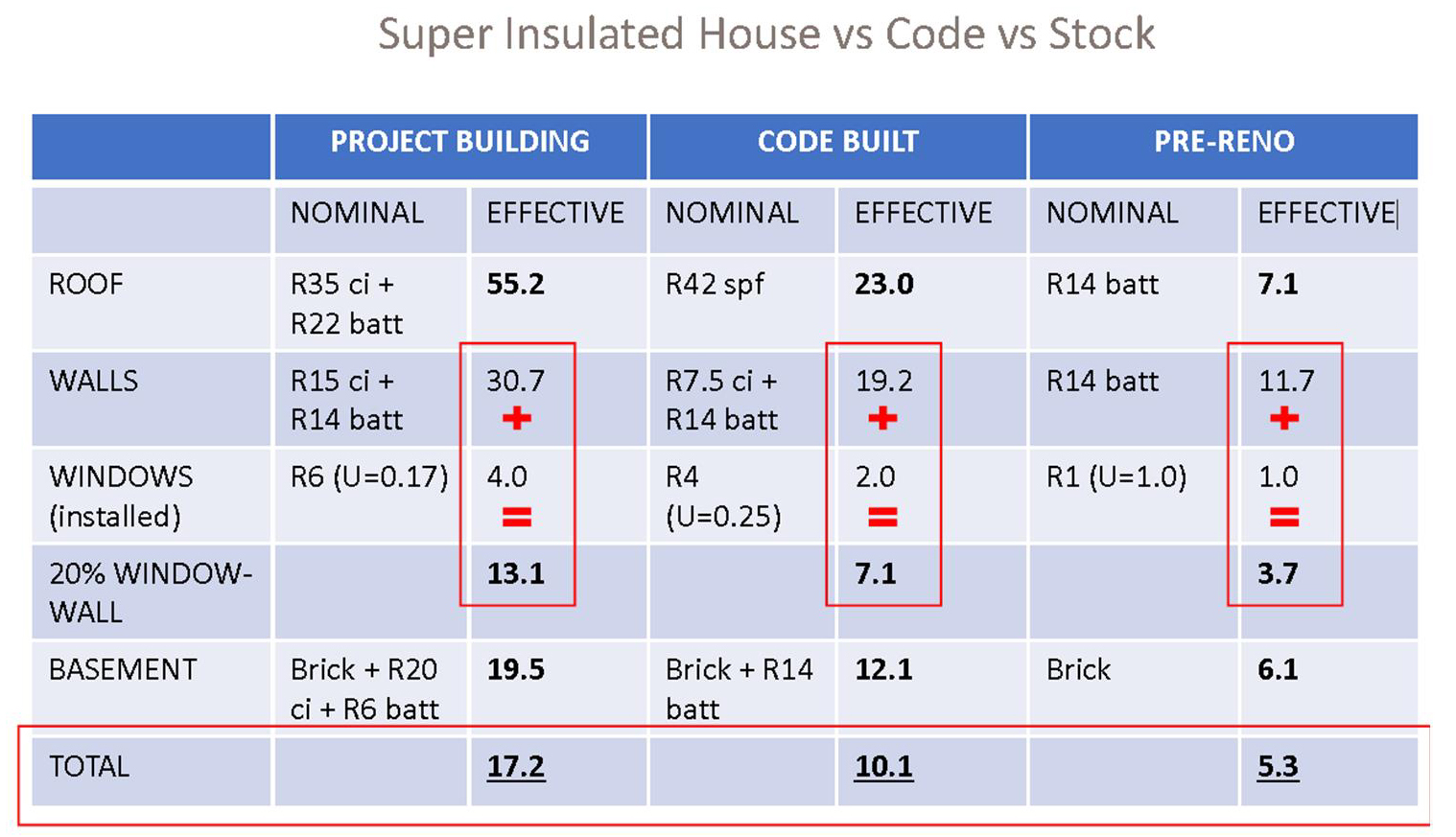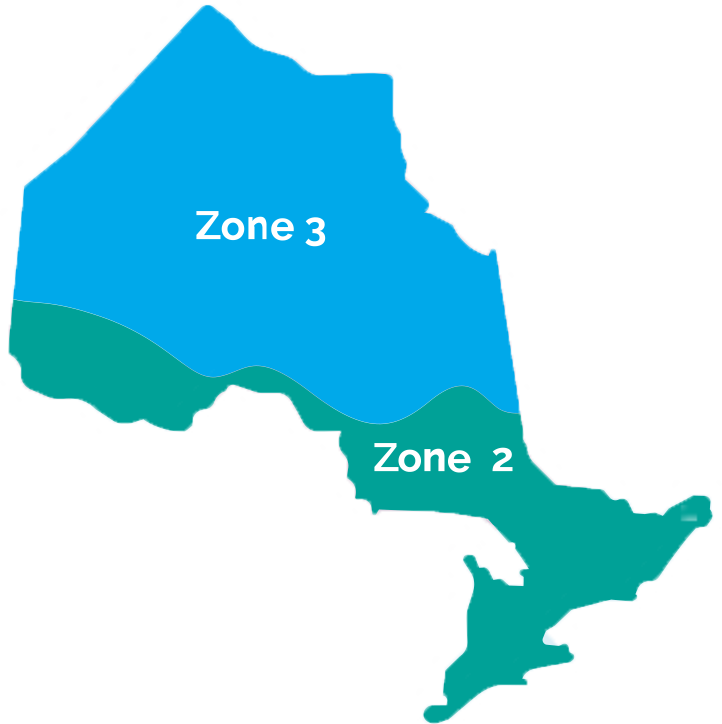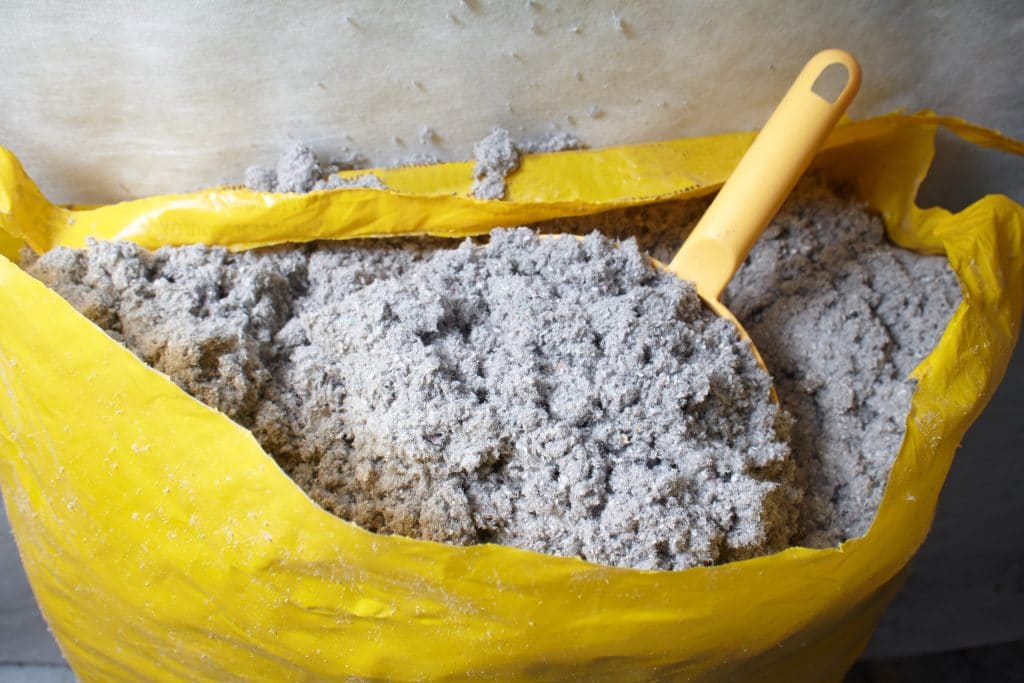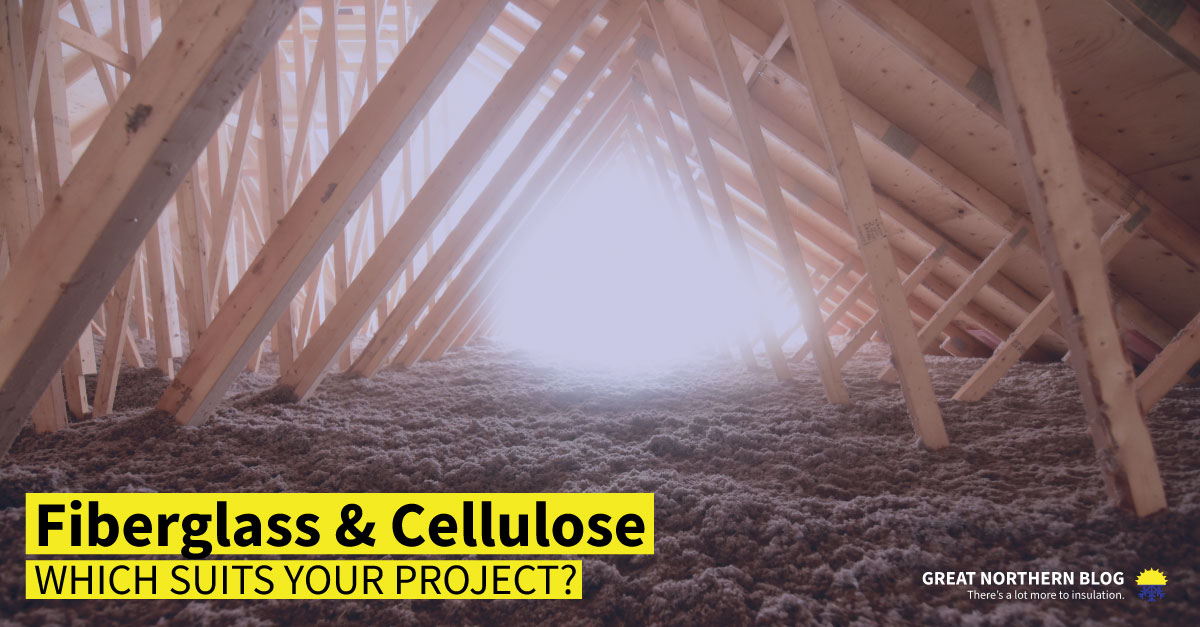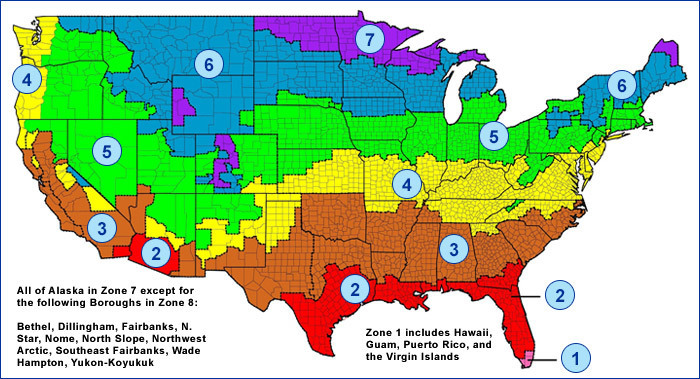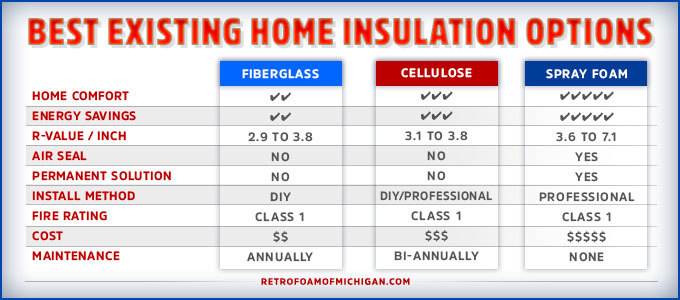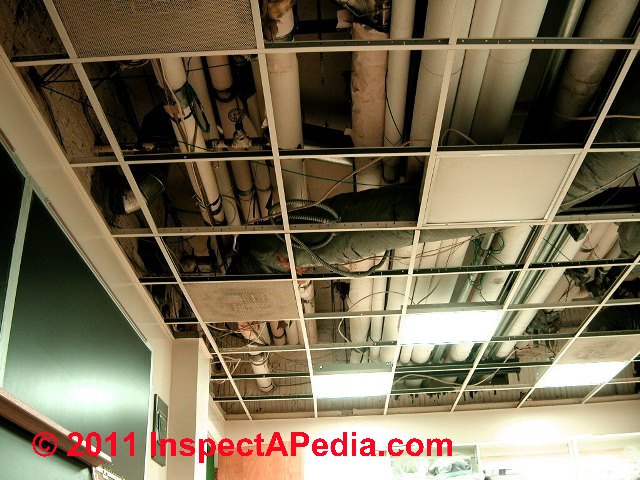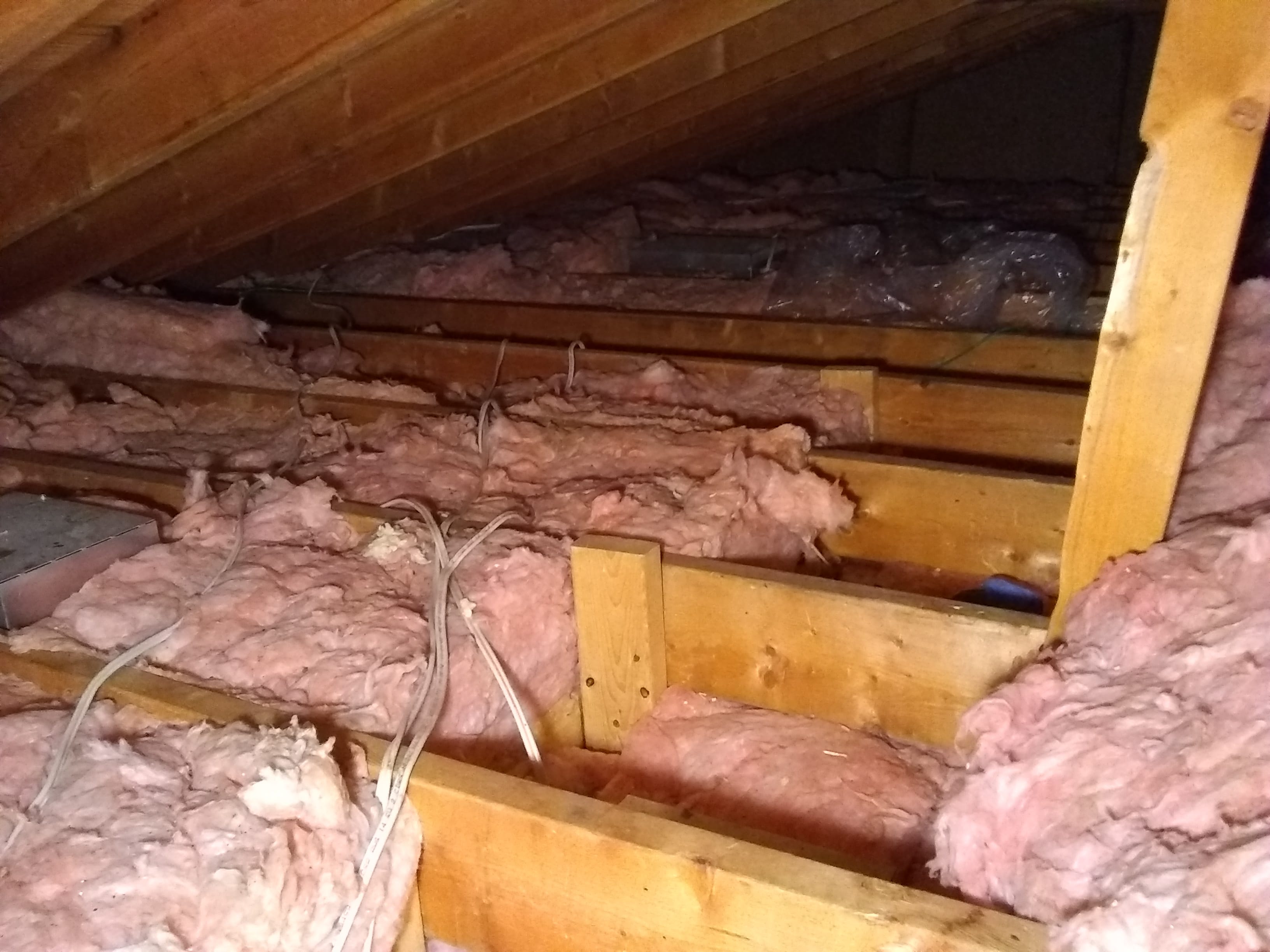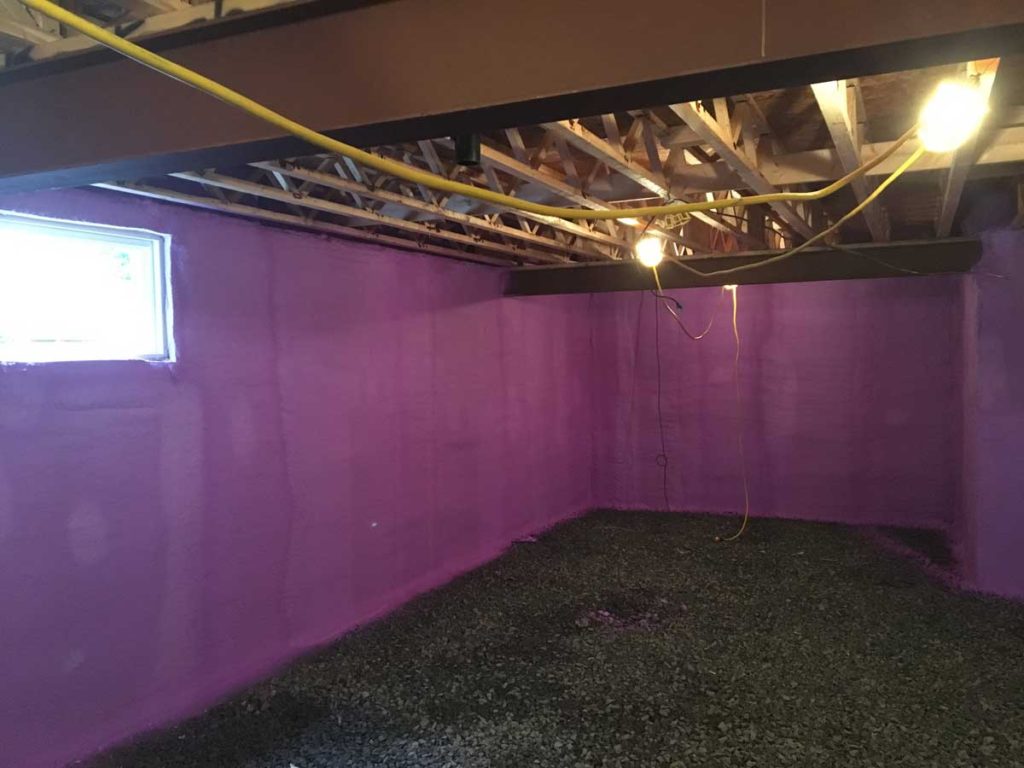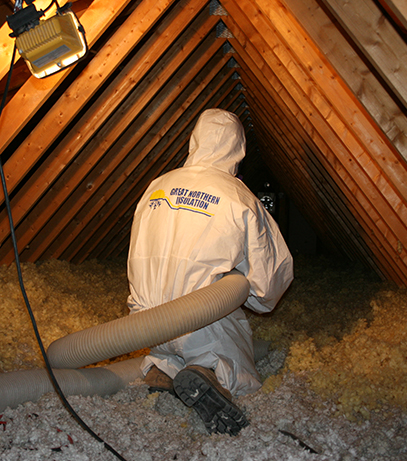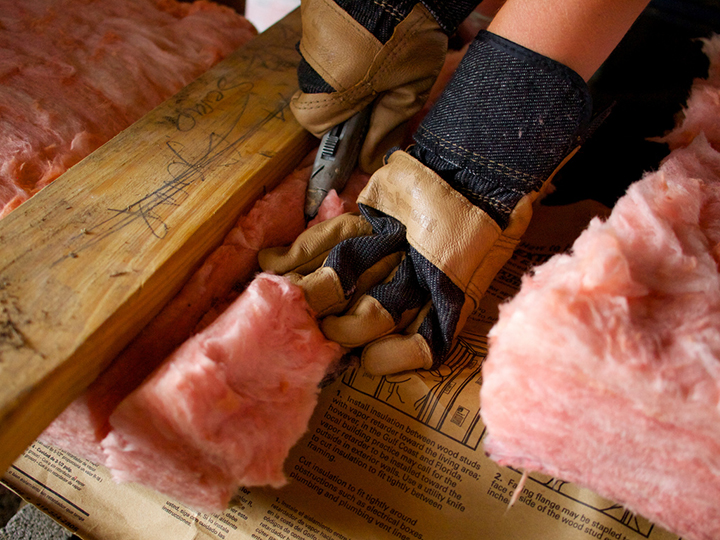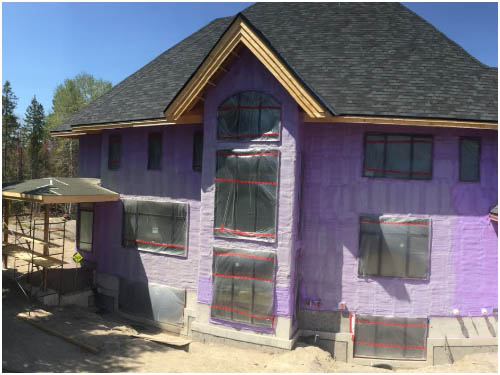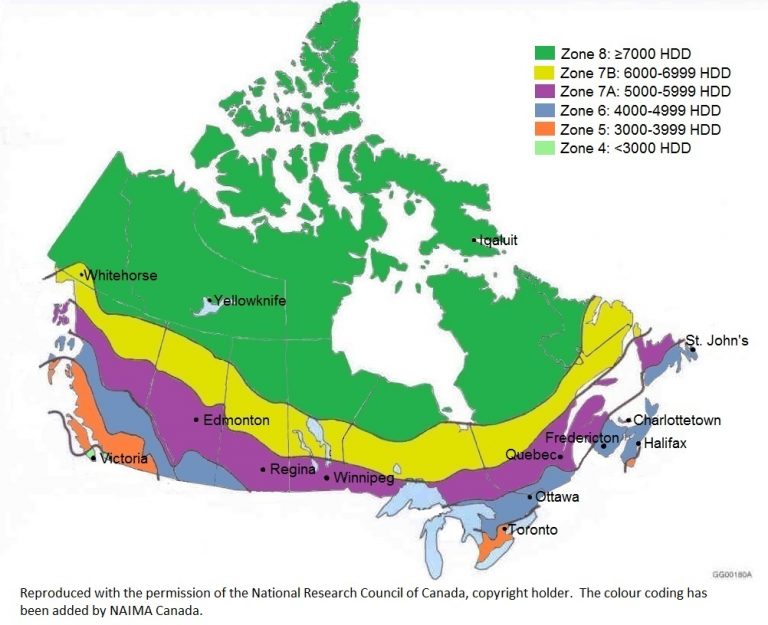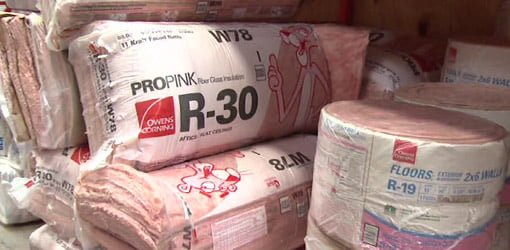I m figuring that 2x6 with r20 1 r5 insulated sheathing will be cheaper than 2x4 with sprayed urethane r7 per inch r24 5 but will need to be analyzed.
Ceiling insulation r value ontario.
Ontario building code sb 12 insulation requirement increases so now we need to figure out the most effective use of materials to get to r24 in the exterior walls.
All insulation materials in ontario must meet requirements set out by the national government.
You may or may not be aware that insulation codes have changed for all new builds with permits issued after 2016.
Foam plastic insulation on the interior of the building envelope must adhere to the requirements of protection of foamed plastics as per 9 10 17 10 of the national building code of canada.
In such cases where r value is assigned this may decrease the r value requirement for batt insulation.
For example if you have a type of insulation that has an r value of r 5 per inch of thickness you will need a depth of 6 inches of this insulation installed in your attic to reach r 30 if you live in zones 2 or 3.
Add insulation to attic.
Choosing energy efficient upgrades these building code changes require a certain standard of energy efficiency in new builds additions or major renovations.
Typical recommendations for exterior walls are r 13 to r 23 while r 30 r 38 and r 49 are common for ceilings and attic spaces.
Depending on where you live and the part of your home you re insulating walls crawlspace attic etc you ll need a different r value.
These r values are a sum meaning this should be the total r value once you add up the entire depth of insulation.
Attic insulation value requirements have been raised so that the density for new homes and additions in ontario now has been raised from r 50 to r 60.
Recommended insulation levels for retrofitting existing wood framed buildings.
R values of common types of insulation.
See the department of energy s doe ranges for recommended levels of insulation below.
The r value of the insulation for every inch of thickness depends on the type of insulation.
The two most important changes in the code for insulation have to do with continuous insulation throughout the building and increasing attic insulation from r 50 to r 60.
To be available on the market manufacturers take care of this step before their products are even available which is why it s important to ensure you re buying new insulation and not dead stock found in someone s garage.
The two distinct types of attic insulation are loose fill material also commonly known as blown in insulation and batting.

